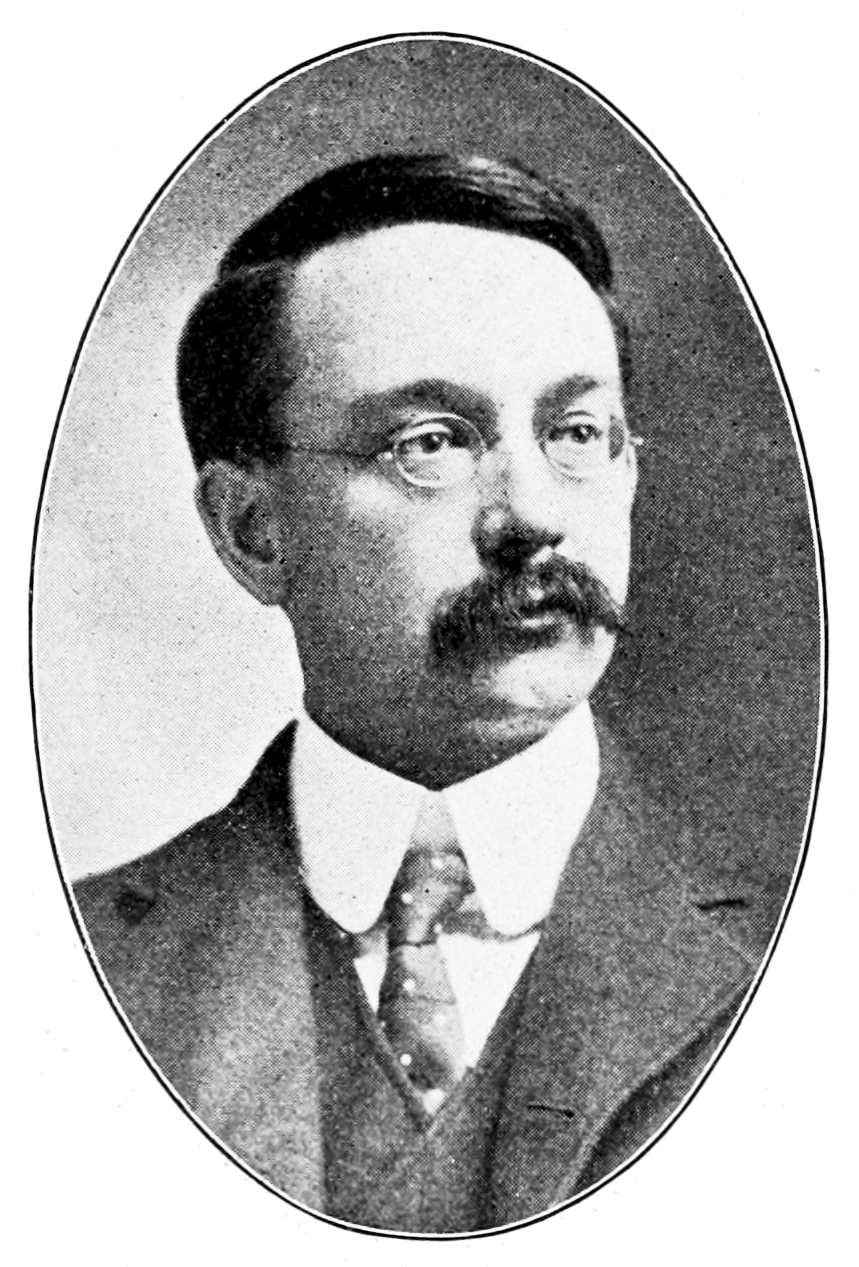Blog
Arsène Souffriau was born on 26 February 1926 in Ixelles, Belgium. He was a composer, known for La mort trouble (1970), Déjà s’envole la fleur maigre (1960) and L’amoureuse (1972). He died on 25 July 2012 in Belgium.
more...John R. Cash (born J. R. Cash; February 26, 1932 – September 12, 2003) was an American singer-songwriter. Most of Cash’s music contains themes of sorrow, moral tribulation, and redemption, especially songs from the later stages of his career. He was known for his deep, calm, bass-baritone voice, the distinctive sound of his backing band, the Tennessee Three, that was characterized by its train-like chugging guitar rhythms, a rebelliousness coupled with an increasingly somber and humble demeanor, and his free prison concerts. Cash wore a trademark all-black stage wardrobe, which earned him the nickname “Man in Black“.
Born to poor cotton farmers in Kingsland, Arkansas, Cash grew up on gospel music and played on a local radio station in high school. He served four years in the Air Force, much of it in West Germany. After his return to the United States, he rose to fame during the mid-1950s in the burgeoning rockabilly scene in Memphis, Tennessee. He traditionally began his concerts by introducing himself with “Hello, I’m Johnny Cash”.He began to follow that by “Folsom Prison Blues“, one of his signature songs. His other signature songs include “I Walk the Line“, “Ring of Fire“, “Get Rhythm“, and “Man in Black“. He also recorded humorous numbers like “One Piece at a Time” and “A Boy Named Sue“, a duet with his future wife June called “Jackson” (followed by many further duets after they married), and railroad songs such as “Hey, Porter“, “Orange Blossom Special“, and “Rock Island Line“. During the last stage of his career, he covered songs by contemporary rock artists; among his most notable covers were “Hurt” by Nine Inch Nails, “Rusty Cage” by Soundgarden, and “Personal Jesus” by Depeche Mode.
Cash is one of the best-selling music artists of all time, having sold more than 90 million records worldwide. His genre-spanning music embraced country, rock and roll, rockabilly, blues, folk, and gospel sounds. This crossover appeal earned him the rare honor of being inducted into the Country Music, Rock and Roll, and Gospel Music Halls of Fame.
more...Six Days until Mardi Gras Day 2025 Tuesday March 4th
Antoine Caliste Domino Jr. (February 26, 1928 – October 24, 2017), known as Fats Domino, was an American singer-songwriter and pianist. One of the pioneers of rock and roll music, Domino sold more than 65 million records. Born in New Orleans to a French Creole family, Domino signed to Imperial Records in 1949. His first single “The Fat Man” is cited by some historians as the first rock and roll single and the first to sell more than 1 million copies. Domino continued to work with the song’s co-writer Dave Bartholomew, contributing his distinctive rolling piano style to Lloyd Price‘s “Lawdy Miss Clawdy” (1952) and scoring a string of mainstream hits beginning with “Ain’t That a Shame” (1955). Between 1955 and 1960, he had eleven Top 10 US pop hits. By 1955, five of his records had sold more than a million copies, being certified gold.
Domino was shy and modest by nature but made a significant contribution to the rock and roll genre. Elvis Presley declared Domino a “huge influence on me when I started out” and when they first met in 1959, described him as “the real king of rock ‘n’ roll”. The Beatles were also heavily influenced by Domino.
Four of Domino’s records were named to the Grammy Hall of Fame for their significance: “Blueberry Hill“, “Ain’t That a Shame”, “Walking to New Orleans” and “The Fat Man”. He was inducted into the Rock and Roll Hall of Fame as part of its first group of inductees in 1986. The Associated Press estimates that during his career, Domino “sold more than 110 million records”.
more...
Peetah Morgan, the lead singer for Grammy Award-winning reggae group, Morgan Heritage, has died. The group, which comprises the children of late elder statesman of reggae music, Denroy Morgan, posted the announcement to social media this afternoon. “It is out of sincere love that we share that our beloved husband, father, son and brother and lead singer of Morgan Heritage, Peter Anthony Morgan, has ascended today, February 25. Jah come and save us from ourselves because love is the only way,” the statement said in part. Without giving any details regarding the cause of death, the statement concluded: “Our family thanks you in advance for your overwhelming love and support and we as k for your continued prayers as we go through this process. We also ask that you please respect our privacy during this time of healing.”


Oumou Sangaré (Bambara: Umu Sangare; born 25 February 1968) is a Malian Wassoulou singer of Fulani (Fula) descent. She is often referred to as “The Songbird of Wassoulou”. Wassoulou is a historical region south of the Niger River, where the music descends from age-old traditional song, often accompanied by a calabash.
more...Stars are usually born in clusters, and the brightest and most massive of these stars typically glow blue. Less-bright, non-blue stars like our Sun surely also exist in this M41 star cluster but are harder to see. A few bright orange-appearing red giant stars are visible. The red-light filaments are emitted by diffuse hydrogen gas, a color that was specifically filtered and enhanced in this image. In a hundred million years or so, the bright blue stars will have exploded in supernovas and disappeared, while the slightly different trajectories of the fainter stars will cause this picturesque open cluster to disperse. Similarly, billions of years ago, our own Sun was likely born into a star cluster like M41, but it has long since drifted apart from its sister stars. The featured image was captured over four hours with Chilescope T2 in Chile.

Ralph Edmund Stanley (February 25, 1927 – June 23, 2016 McClure, VA) was an American bluegrass artist, known for his distinctive singing and banjo playing. He began playing music in 1946, originally with his older brother Carter Stanley as part of The Stanley Brothers, and most often as the leader of his band, The Clinch Mountain Boys. Ralph was also known as Dr. Ralph Stanley.
He was part of the first generation of bluegrass musicians and was inducted into both the International Bluegrass Music Hall of Honor and the Grand Ole Opry.
more...René Thomas (25 February 1926 – 3 January 1975) was a Belgian jazz guitarist. In the early 1950s, he moved to Paris, France, and became part of the modern jazz scene, playing in the style of Jimmy Raney. He spent brief periods in the United States from 1958 to 1962. Back in Europe, he toured and recorded with Chet Baker, Bobby Jaspar, Kenny Clarke, Eddy Louiss, Stan Getz, Lucky Thompson, Sonny Criss, Jacques Pelzer, Lou Bennett, Charles “Lolo” Bellonzi, and Ingfried Hoffmann.
Thomas died of a heart attack in Santander, Spain, at the age of 48 on 3 January 1975.
more...Ida M. Cox (Prather; February 26, 1888 or 1896 – November 10, 1967 Toccoa, GA) was an American singer and vaudeville performer, best known for her blues performances and recordings. She was billed as “The Uncrowned Queen of the Blues”.
more...
George Harrison (25 February 1943 – 29 November 2001) was an English musician, singer and songwriter who achieved international fame as the lead guitarist of the Beatles. Sometimes called “the quiet Beatle”, Harrison embraced Indian culture and helped broaden the scope of popular music through his incorporation of Indian instrumentation and Hindu-aligned spirituality in the Beatles’ work.
Although most of the band’s songs were written by John Lennon and Paul McCartney, most Beatles albums from 1965 onwards contained at least two Harrison compositions. His songs for the group include “Taxman“, “Within You Without You“, “While My Guitar Gently Weeps“, “Something” and “Here Comes the Sun“. Harrison’s earliest musical influences included George Formby and Django Reinhardt; subsequent influences were Carl Perkins, Chet Atkins and Chuck Berry. By 1965, he had begun to lead the Beatles into folk rock through his interest in Bob Dylan and the Byrds, and towards Indian classical music through his use of Indian instruments, such as the sitar, which he had become acquainted with on the set of the film Help!. He played sitar on numerous Beatles songs, starting with “Norwegian Wood (This Bird Has Flown)“. Having initiated the band’s embrace of Transcendental Meditation in 1967, he subsequently developed an association with the Hare Krishna movement.
After the Beatles disbanded, Harrison released the triple album All Things Must Pass, a critically acclaimed work that produced his most successful hit single, “My Sweet Lord“, and introduced his signature sound as a solo artist, the slide guitar. He also organised the 1971 Concert for Bangladesh with Indian musician Ravi Shankar, a precursor to later benefit concerts such as Live Aid. In his role as a music and film producer, Harrison produced acts signed to the Beatles’ Apple record label before founding Dark Horse Records in 1974. He co-founded HandMade Films in 1978, initially to produce the Monty Python troupe’s comedy film The Life of Brian(1979).
Harrison released several best-selling singles and albums as a solo performer. In 1988, he co-founded the platinum-selling supergroup the Traveling Wilburys. A prolific recording artist, he was featured as a guest guitarist on tracks by Badfinger, Ronnie Wood, and Billy Preston, and collaborated on songs and music with Dylan, Eric Clapton, Ringo Starr, and Tom Petty. Rolling Stone magazine ranked him number 31 in their 2023 list of greatest guitarists of all time. He is a two-time Rock and Roll Hall of Fame inductee – as a member of the Beatles in 1988, and posthumously for his solo career in 2004.
Harrison’s first marriage to model Pattie Boyd in 1966 ended in divorce in 1977. In the following year he married Olivia Arias, with whom he had a son, Dhani. A lifelong cigarette smoker, Harrison died of numerous cancers in 2001 at the age of 58, two years after surviving a knife attack by an intruder at his home, Friar Park. His remains were cremated, and the ashes were scattered according to Hindu tradition in a private ceremony in the Ganges and Yamuna rivers in India. He left an estate of almost £100 million.
more...
More Posts
- Teddy Wilson
- Scott Joplin
- World Music Memorial for Joanne Shenandoah
- Daily Roots with Winston McAnuff
- World Music with Miroca Paris
- The Cozmos with the Sun from NuSTAR
- Johnny Mandel
- Ray Drummond
- R.L. Burnside
- Daily Roots with the Viceroys
- The Cozmos with SGAS 0033+02
- Aston Barrett
- Max Romeo
- Jesse Colin Young
- Jimmy Knepper
- Hoagy Carmichael
- World Fusion with Anoushka Shankar
- Daily Roots with Ini Kamoze
- The Cozmos with C/2021 A1 Leonard
- Björk

